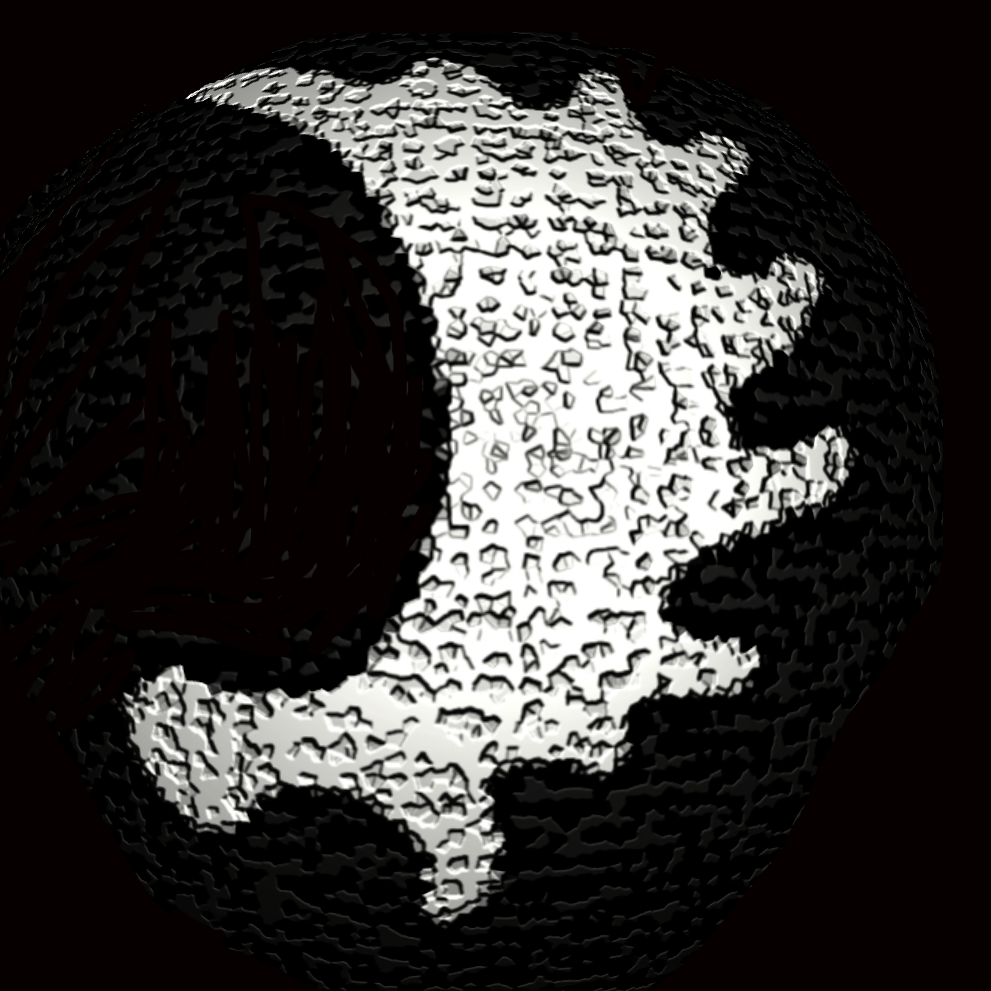Being mostly landlocked, Germany was never really known as a sea power, but in some of its northern cities it was different. In particular, the cities of Lübeck and Hamburg were famous for their flourishing maritime trade…already since the Middle Ages…and for using their merchant ships as armed warships during times of conflict. As an example, I have posted an old image of the “Bunte Kuh”, the Flagship of the city of Hamburg…built in 1401.

The “Bunte Kuh” (Colorful Cow) was financed by ship owners of the Free City of Hamburg…meaning a city within the Holy Roman Empire that was not beholden to any dukes, only to the Kaiser. The Bunte Kuh’s sole purpose was to protect merchant ships from the scourge of pirates. This was important because Hamburg was a Hanseatic City…a member city of the powerful German Hanse maritime trade partnership that was governed by the Free City of Lubeck…and their continued prosperity required total control of sea routes in the North Sea and the Baltic Sea.
Most people don’t think of pirates as a problem in Germany, but it was a serious issue from 1398 to 1402, when the Victual Brothers nearly put a stop to trade through the gap between the North Sea and Baltic Sea. Essentially, the Victual Brothers were at war with the wealthy Hanseatic League. Their leaders, pirate captains Klaus Stortebecker and Godeke von Michelsen… both knights from Holstein… were especially bold and daring because they acquired saintly relics of St. Vincent which they believed made them immune to gunshots and sword cuts. On top of that, the Victual Brothers were supported by other robber knights, warlike Frisian peasants, some Free Cities and several regional Dukes.
Because of the Victual Brother pirates, trade declined catastrophically. At first, the pirates’ activities were beyond the abilities of the Hanse merchant cities…or the Kingdoms of England and Denmark, among other powers… to cope with. However, there was no doubt that the pirates had to be eliminated somehow… so the German cities, particularly Hamburg, began to make a concerted effort and the tide began to turn.
In 1400 a fleet from Hamburg under town-senator Albert Schreye won a battle against some pirate ships and captured the pirate base at Emden, cutting off some of their support from Frisian peasants. Later that year in another naval action 80 pirates were killed and 30 were taken. Then in 1401 Hamburg completed their new warship, the Bunte Kuh, believed to be the largest and best equipped European warship of this period. The ship was called a Schnigge, a smaller but faster ship than the large merchant Cogs and a very advanced warship for the era, armed with cannons in the sides, not just from the bow as was common at the time.
In 1402, the Victual Brothers were lurking in the estuary of the Elbe River, capturing ships and cargo. At the same time, Hamburg ship captains were secretly gathering a fleet of 40 ships to confront them, led by Simon von Utrecht on the Bunte Kuh. The night before the engagement a river pilot named Peter Krutzfeldt rowed out and damaged the rudder of Stortebecker’s flagship the Mad Dog. The next day, as the pirate fleet was waiting for an expected convoy of merchant ships from England, they instead encountered the war-fleet from Hamburg.
The Bunte Kuh made straight for the Mad Dog, which was unable to maneuver due to her damaged rudder. Before it was able to close the distance, another pirate leader named Hennig Wichmann came to the rescue of his comrade and sailed his ship between them, firing a ‘broadside’ at the Bunte Kuh, which was badly though not fatally damaged, but the Hamburg ship returned fire causing serious damage in return. Stortebecker then had the Mad Dog rake the Bunte Kuh with his guns, but Simon von Utrecht replied with a ‘broadside’ at close quarters, lay alongside, grappled and boarded the Mad Dog. A brutal hand to hand fight ensued. Stortebecker, a man of unusual size and strength who believed himself protected by his magical charms, fought with Utrecht. Both men broke their swords and lost their axes, but Stortebecker had the upper hand in his death struggle with Utrecht on his ship’s deck. At the last minute, Utrecht was saved by two of his men who were able to subdue Stortebecker. It was recorded in the Hamburg Chronicles that Saint Vincent’s relics seemed to have done their work, as Stortebecker had no wounds, though he was out of breath.

The Hamburg fleet defeated the pirates in this battle and essentially ended their threat to shipping. The aftermath was a bit complex, but the Hamburgers sent a brutal message to future pirates…Klaus Stortebecker and 71 other pirates were each beheaded, one at a time, in one extraordinary afternoon in the city of Hamburg.

Explore images on brand new products at my stores


